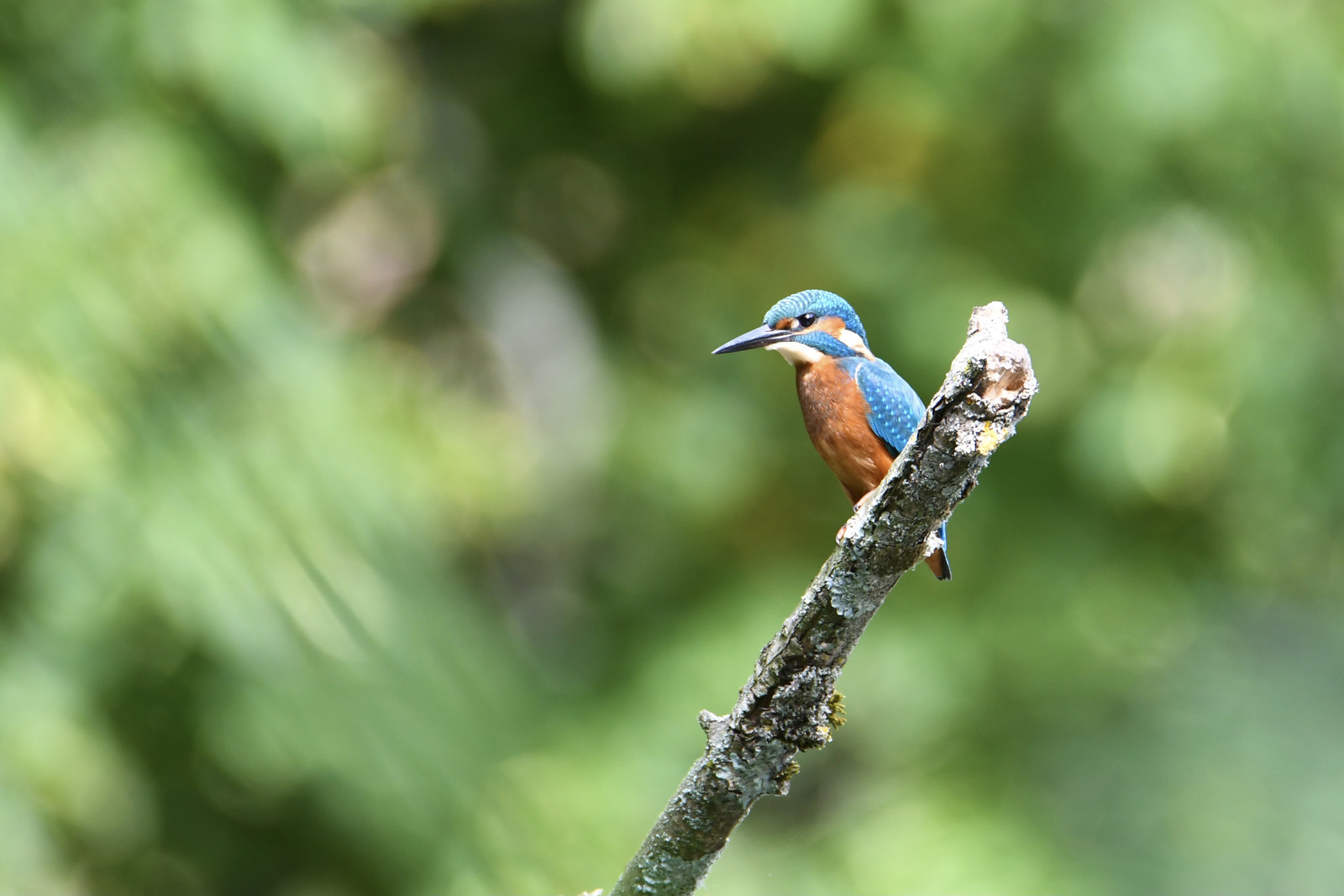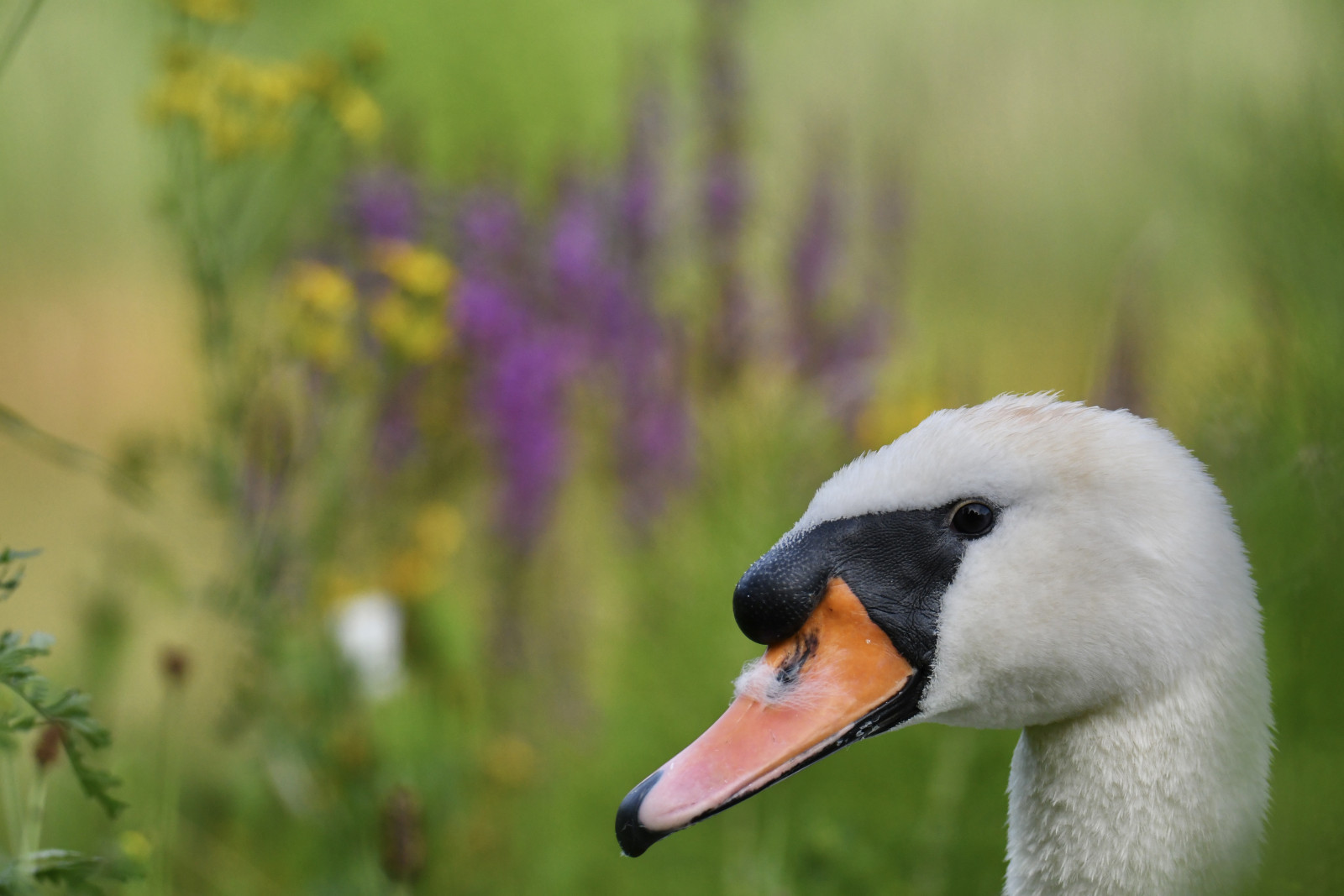Descrição
Domaine des Silex is an interesting birding area because it is located on the edge of the Soignes forest and has 2 ponds. This means that you can see a wide variety of birds (forest birds and water birds). You can see all the species of tits present in Brussels (Chapim-preto, Chapim-de-poupa, Chapim-palustre, Chapim-azul, chapim-real and Chapim-rabilongo), all woodpecker species (Pica-pau-malhado-grande, Pica-pau-malhado-pequeno, Pica-pau-mediano, Pica-pau-preto and Pica-pau-verde), thrushes (Tordo-comum, Tordo-ruivo-comum and Tordo-zornal), common garden and park birds (Carriça, Pisco-de-peito-ruivo, Ferreirinha-comum, Trepadeira-comum, Trepadeira-azul, Tentilhão-comum, Verdilhão-comum Estrelinha-de-poupa, Estrelinha-de-cabeça-listada, Pombo-torcaz, Pombo-bravo, Gralha-preta , Gralha-de-nuca-cinzenta, Gaio-comum and Pega-rabuda), raptors (Águia-d'asa-redonda, Gavião da Europa, Açor, Bútio-vespeiro, falcão-peregrino and Ógea) and lots of waterfowl (Pato-real, Zarro-comum, Zarro-negrinha, Galinha-d'água, Galeirão-comum, [ [Dodaars]], Mergulhão-de-crista, Frisada, Cisne-vulgar, Garça-real, occasionally the Garça-branca-grande, Frango-d'água, ,Corvo-marinho-de-faces-brancas, and the Guarda-rios-comum!
_________________________
Français: Petite réserve Natura 2000 en bordure de Foret de Soignes avec 2 étangs, un grand et un petit(ce dernier est accessible que les samedis ou 1er dimanche du mois). Ce site est d'un grand intéret car il est en bordure de Foret de Soignes et comporte 2 étangs, ce qui fait que on peut y voir une grande variété d'oiseaux (oiseaux forestiers et oiseaux d'eau).
On peut voir ici toutes les éspèces de mésanges présentes sur Bruxelles ( Chapim-preto, Chapim-de-poupa, Chapim-palustre, Chapim-azul, chapim-real et Chapim-rabilongo), toutes les éspèces de pics présentes sur Bruxelles ( Pica-pau-malhado-grande, Pica-pau-malhado-pequeno, Pica-pau-mediano, Pica-pau-preto et Pica-pau-verde), des grives ( Tordo-comum, Tordo-ruivo-comum et Tordo-zornal), les oiseaux communs des jardins et parcs ( Carriça, Pisco-de-peito-ruivo, Ferreirinha-comum, Trepadeira-comum, Trepadeira-azul, Tentilhão-comum, Verdilhão-comum Estrelinha-de-poupa, Estrelinha-de-cabeça-listada, Pombo-torcaz, Pombo-bravo, Gralha-preta, Gralha-de-nuca-cinzenta, Gaio-comum et Pega-rabuda), des rapaces ( Águia-d'asa-redonda, Gavião da Europa, Açor, Bútio-vespeiro, falcão-peregrino et Ógea) et plein d'oiseaux d'eau ( Pato-real, Zarro-comum, Zarro-negrinha, Galinha-d'água, Galeirão-comum, Mergulhão-pequeno, Mergulhão-de-crista, Frisada, Cisne-vulgar, Garça-real, occasionellement la Garça-branca-grande, Frango-d'água, Guincho-comum,Corvo-marinho-de-faces-brancas, et le Guarda-rios-comum !
Detalhes
Acesso
The site is accessible by tram line 8 or bus line 17. A car park can be found on the square opposite the Chemin des Flints, by which you access the site. You can also reach the area by bike but not enter the site with the bike. Bicycle parking is available at the entrance.
_________________________
Français: Le site est accessible avec la ligne 8 de tram ou 17 de bus, et en voiture des places peuvent etre trouvées sur la place en face du chemin des silex, par lequelle vous accedez au site. Vous pouvez y acceder à vélo mais pas rentrer dans le site avec le vélo; un parking a vélo est disponible a l'entrée.
Terreno e Habitat
Floresta , Terras húmidas , Campina , Árvores e arbustos dispersos , Camas de juncoCondições
PlanoCaminho circular
Simé útil um telescópio?
SimBoa temporada de observação de aves
Durante todo o anoMelhor hora para visitar
PrimaveraRota
Caminho largoCaminho dificil
FácilAcessível por
PéAbrigo/plataforma deobservação de aves
NãoInformação extra
In addition to all the species mentioned above, other species can be observed on the site depending on the season. In winter, the presence on the pond of Marrequinha-comum, Frango-d'água, and the Pato-trombeteiro can be noted. On the site you will most certainly be able to see the Lugre, with luck Tentilhão-montês, and with a lot of luck pintarroxo-pequeno. Stopping on the site during migration you can see in particular Maçarico-das-rochas and Pássaro-bique-bique, Felosa-das-figueiras, Melro-de-peito-branco, Cartaxo-comum, Papa-moscas-preto ( not very frequent), Rabirruivo-preto, Rouxinol-bravo (an individual has been present on the site since October 2021), the Felosa-dos-juncos and the Rabirruivo-de-testa-branca.
And finally, in summer you can see Andorinhão-preto, many Andorinho-dos-beirais, Andorinha-das-chaminés, Bútio-vespeiro, Ógea, Felosa-musical, Felosa-comum, rouxinol-dos-caniços, and occasionally the Felosa-palustre as well as the Papa-moscas-cinzento. On migration, you can see above your head the alvéola-amarela, Petinha-dos-prados, Cotovia-pequena, Laverca, Tordo-ruivo-comum, Tordo-zornal and Estorninho-malhado (these last 3 can also be seen on the site). Note that during the whole year you can observe with a little luck Dom-fafe and Bico-grossudo, as well as Verdilhão-comum. In flight and occasionally landed on the site you can see Pintassilgo and Cruza-bico-comum, but for these 2 you need a good eye!
_________________________
Français: En plus de toutes les éspèces mentionés précèdemment, on peut observer sur le site d'autres éspèces en dépendant de la saison. En hiver, on peut noter la présence sur l'étang de la Marrequinha-comum, le Frango-d'água, et le Pato-trombeteiro. Sur le site on pourra voir très certainement le Lugre, avec de la chance le Tentilhão-montês, et avec un gros coup de bol le pintarroxo-pequeno. En halte sur le site on peut voir nottament le Maçarico-das-rochas et le Pássaro-bique-bique, la Felosa-das-figueiras, le Melro-de-peito-branco, le Cartaxo-comum, le Papa-moscas-preto( pas très fréquent),le Rabirruivo-preto , la Rouxinol-bravo (meme si un individus est présent a ce jour sur le site depuis octobre 2021!), la Felosa-dos-juncos et le Rabirruivo-de-testa-branca.
Et pour finir, en été on pourra voir le Andorinhão-preto, de nombreuses Andorinho-dos-beirais,l' Andorinha-das-chaminés, la Bútio-vespeiro, le Ógea, le Felosa-musical, le Felosa-comum, la très characteristique du site rouxinol-dos-caniços, et occasionellement la Felosa-palustre ainsi que le Papa-moscas-cinzento. En migration, on saura voir au dessus de nos tetes la alvéola-amarela, le Petinha-dos-prados, l' Cotovia-pequena, l' Laverca, la Tordo-ruivo-comum, la Tordo-zornal et l' Estorninho-malhado (ces 3 derniers peuvent aussi etre observés sur le site). A noter que pendant toute l'année on pourra observer avec un peu de chance le Dom-fafe et le Bico-grossudo, ainsi que le Verdilhão-comum. En vol et occasionellement posés sur le site on pourra voir le Pintassilgo et le Cruza-bico-comum, mais pour ces 2 là vous avez interet a avoir une bone ouille !



